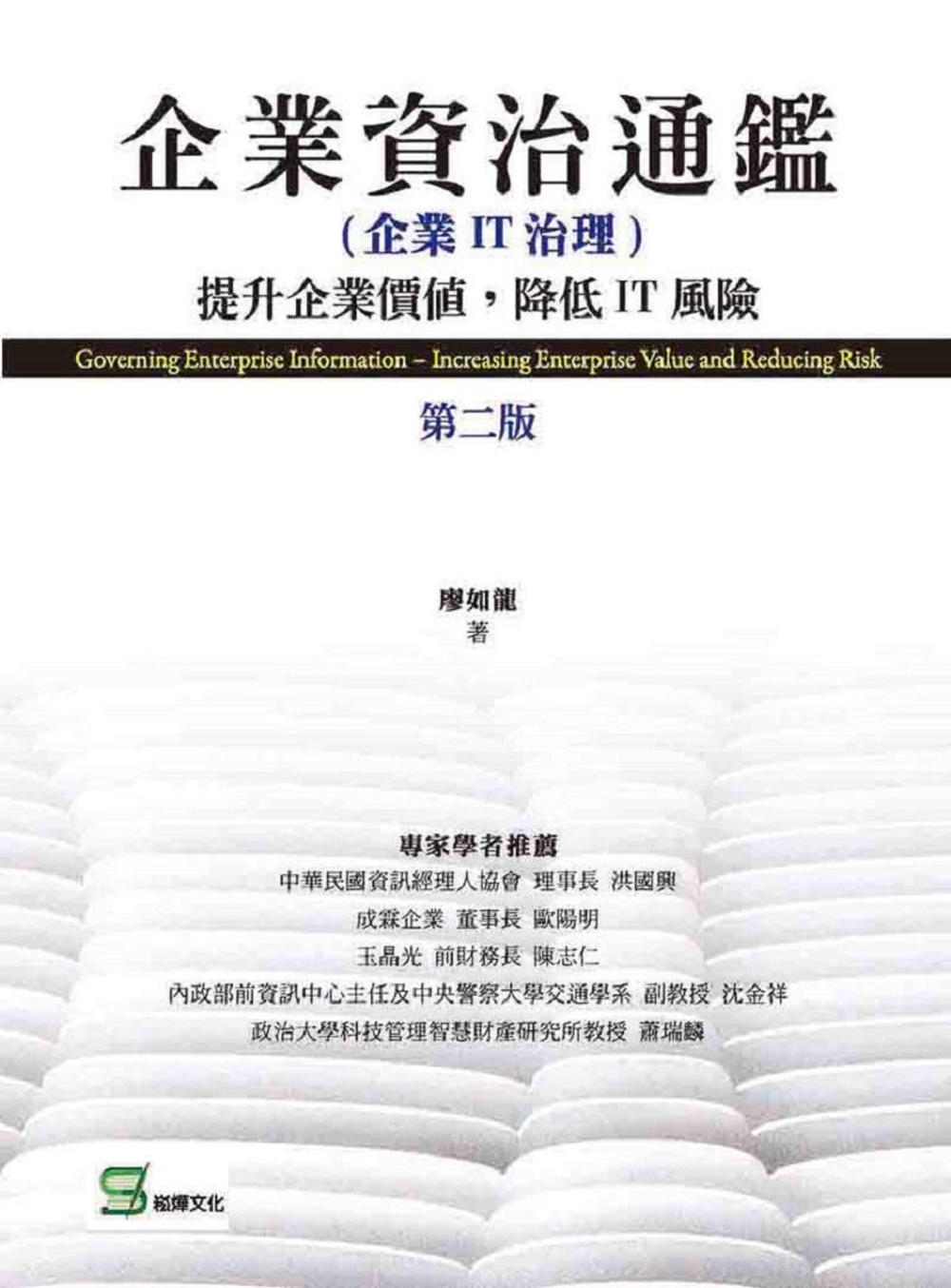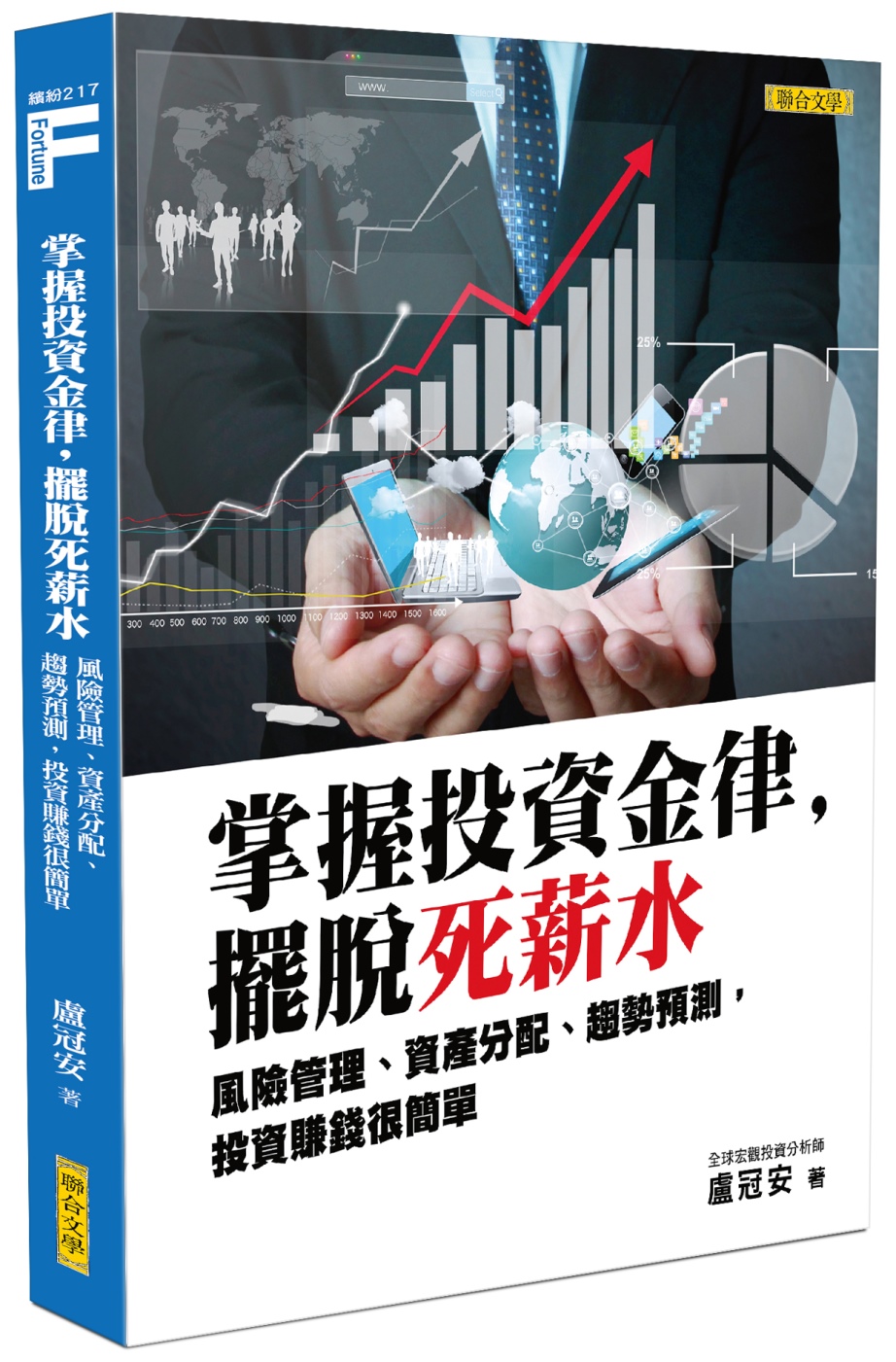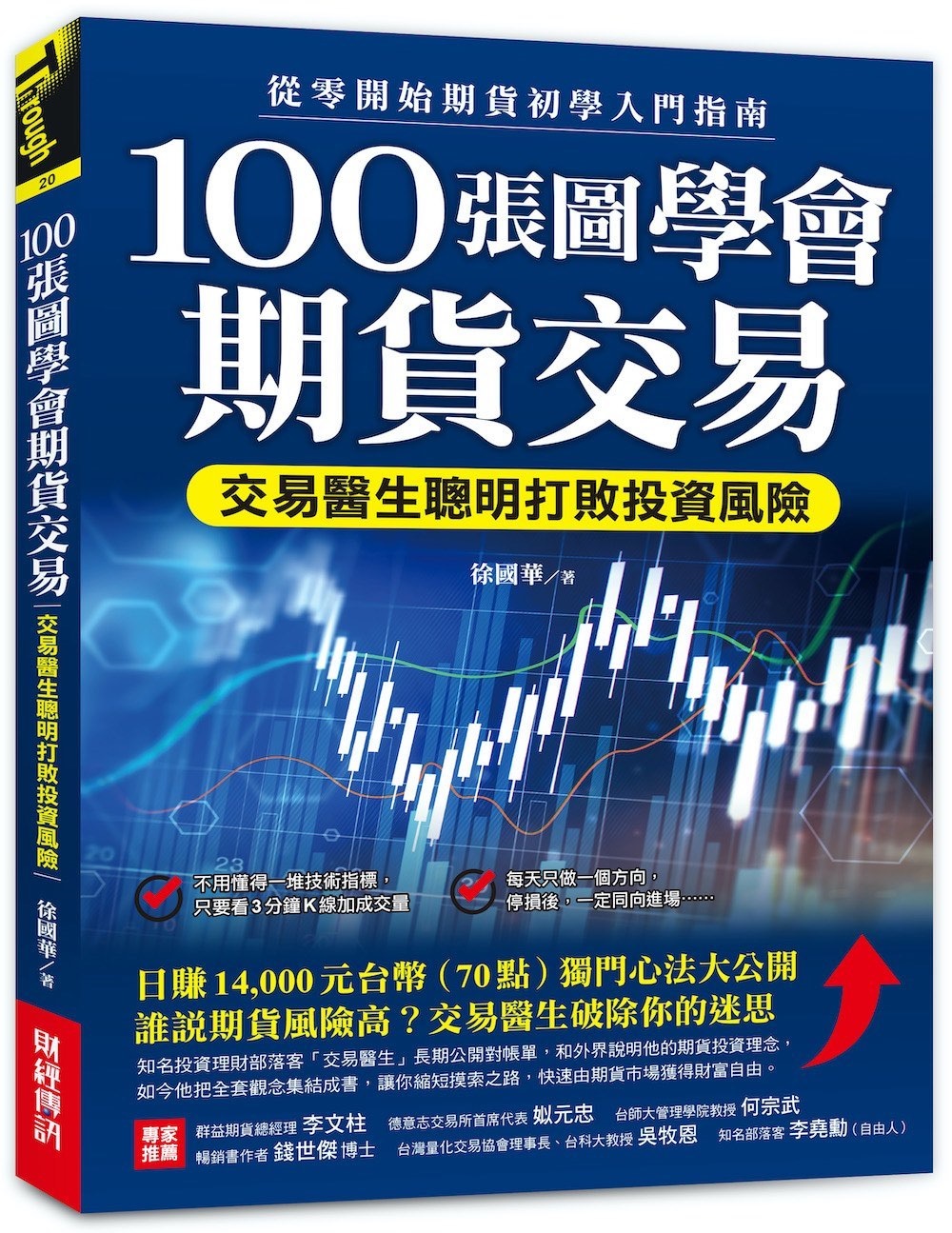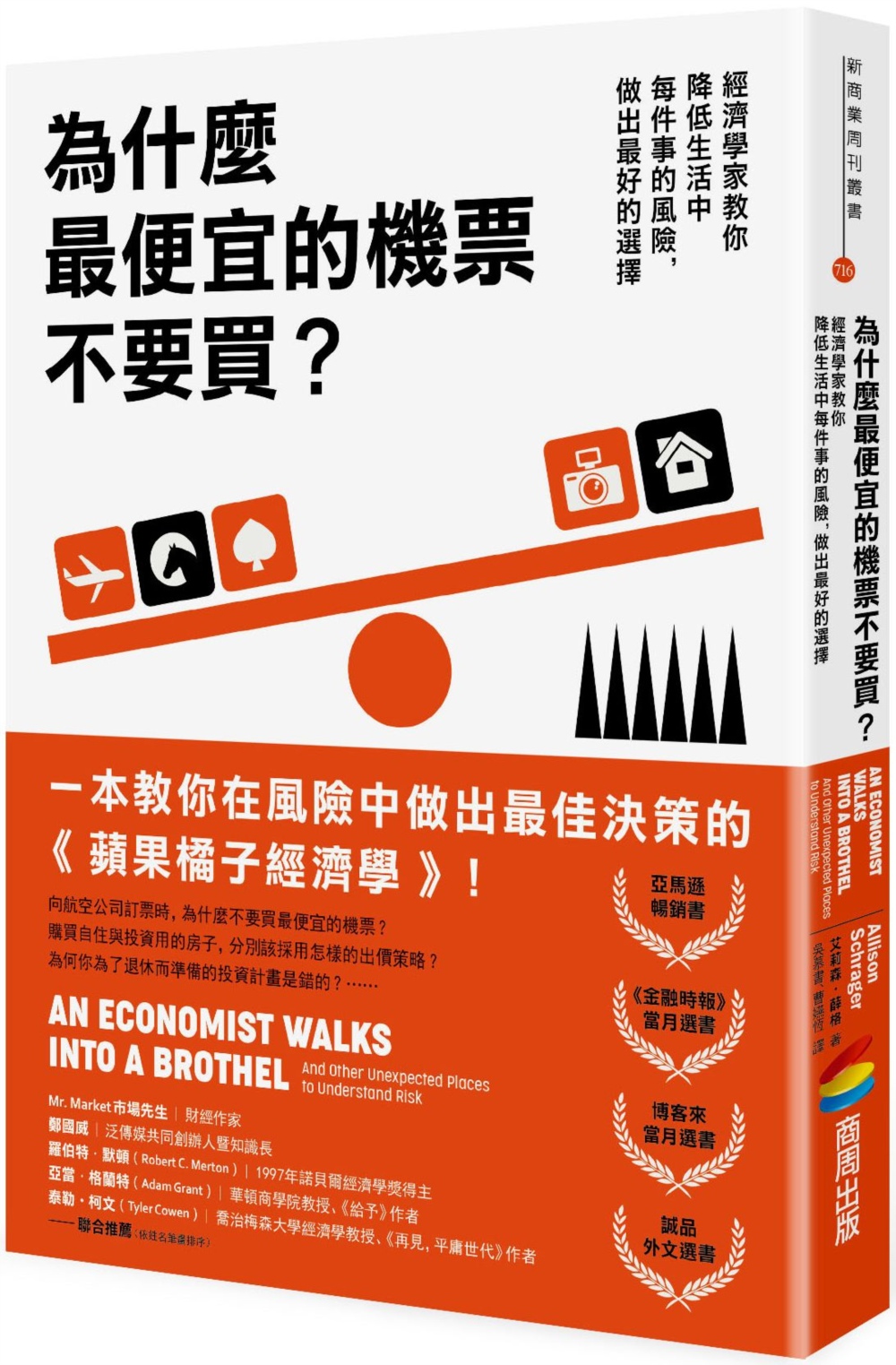混合型個人養老年金定價與風險管理(英文版) | 被動收入的投資秘訣 - 2024年7月

混合型個人養老年金定價與風險管理(英文版)
Hybrid pension plans offer employees the best features of both defned beneft and defned contribution plans。In this work,we consider the hybrid design offering a defned contribution beneft with a defned beneft guaranteed minimum underpin。This study applies the contingent claims approach to value the defned contribution beneft with a defned beneft guaranteed minimum underpin。The study shows that entry age,utility function parameters and the market price of risk each has a significant effect on the value of retirement benefits. We also consider risk management for this defned beneft underpin pensionplan。Assuming fxed interest rates,and assuming that salaries can be treated as a tradable asset,contribubion rates are develop tor the Entry Age Normal(EAN),Pro jected Unit Credit(PUC),and Traditional Unit Credit(TUC)funding methods.For the EAN,the contribution rates are constant throughont the service period。However,the hedge parameters for this method are not tradable。For the accruals method,the individual contribution rates are not constant。For both the PUC and TUC,a delta hedge strategy is derived and explained. The analysis is extended to relax the tradable assumption for salaries,using the inflation as a partial hedge。Finally,methods for incorporating volatility reducing and risk management are consddered.
Chapter 1 Introduction Chapter 2 Current Pension systems and Pension Fund Risk Management 2.1 Defned Beneft Plan 2.2 Funding Methods for DB Plans 2.3 Defned Contribution Plan 2.4 Pension Reform 2.5 Hybrid Pension Plans Chapter 3 The Valuation of a DB Underpin Pension 3.1 Introduction 3.2 The Model and Assumptions 3.3 Numerical Techniques 3.4 Results 3.5 Scenario Test Chapter 4 Funding Strategies with Two Traded Assets 4.1 Introduction to Risk Management 4.2 Assumptions 4.3 Margrabe Option 4.4 Strategy 1:EAN Cost Method 4.5 Strategy2:EAN Cost Method 4.6 Strategy3:PUC Cost Method 4.7 Strategy4:TUC Cost Method 4.8 Summary Chapter 5 Numerical Examples of Hedging Costs 5.1 Introduction 5.2 Numerical Simulation 5.3 Hedging Costs 5.4 Scenario Tests Chapter 6 Salary,Infation,and Equity Returns 6.1 Ob jectives 6.2 Data Analysis 6.3 Selection of Hedging Assets Chapter 7 Hedging Costs 7.1 Introduction 7.2 The Model for Salary and Infation 7.3 Numerical Results Chapter 8 Hedging with Stochastic Interest Rates 8.1 Introduction 8.2 Afne Term Structures 8.3 Estimated Annuity Rates 8.4 Numerical Results for Strategy 3 8.5 Numerical Results for Strategy 4 Chapter 9 Costs Control 9.1 Introduction 9.2 Unstable Hedging Cash Flows and Hedging Cost Spikes 9.3 Salary Growth Rate Control 9.4 Arithmetic Average on Salaries 9.5 Other Cost Control Methods Chapter 10 Comments and Further Work 10.1 Salary Growth Rate 10.2 Other Risk Management Approaches 10.3 Costs Control Bibliography
 向不容出錯、最會管理風險的NASA學決策
向不容出錯、最會管理風險的NASA學決策 預先防範型QC STORY:未來的...
預先防範型QC STORY:未來的... 商業大騙局:風險專家解密驚天詐欺案...
商業大騙局:風險專家解密驚天詐欺案... 企業資治通鑑(企業IT治理):提升...
企業資治通鑑(企業IT治理):提升... 風險管理之預警機制
風險管理之預警機制 掌握投資金律,擺脫死薪水:風險管理...
掌握投資金律,擺脫死薪水:風險管理... 危害分析與風險評估 18K
危害分析與風險評估 18K 80%求穩、20%求飆,低風險的財...
80%求穩、20%求飆,低風險的財... 100張圖學會期貨交易:交易醫生聰...
100張圖學會期貨交易:交易醫生聰... 為什麼最便宜的機票不要買?:經濟學...
為什麼最便宜的機票不要買?:經濟學...